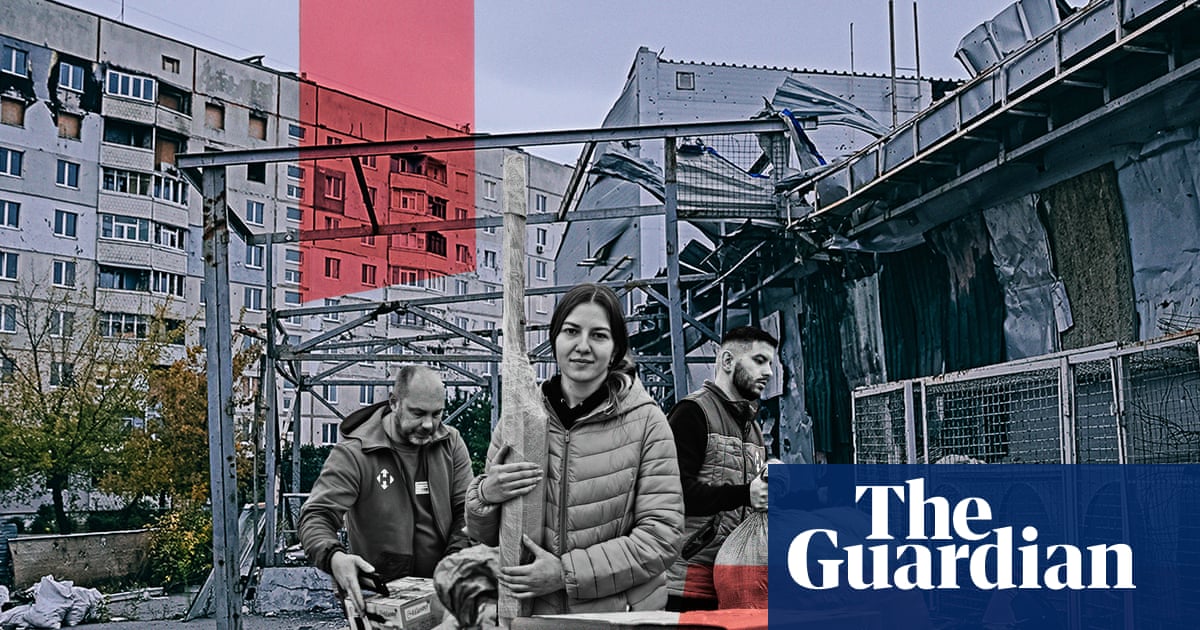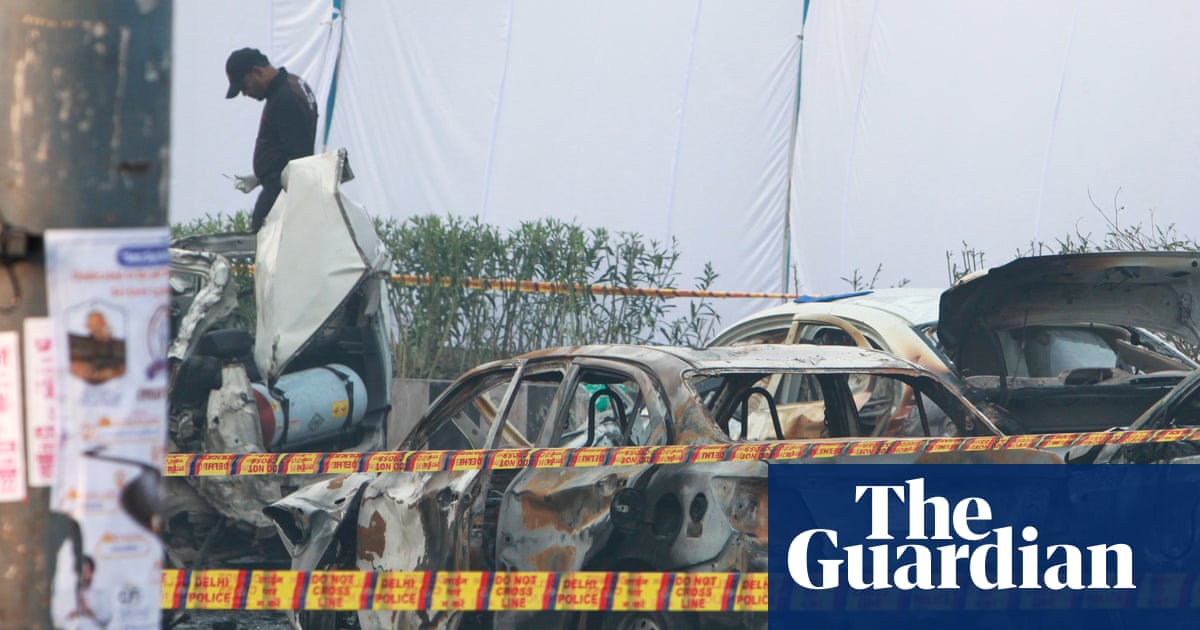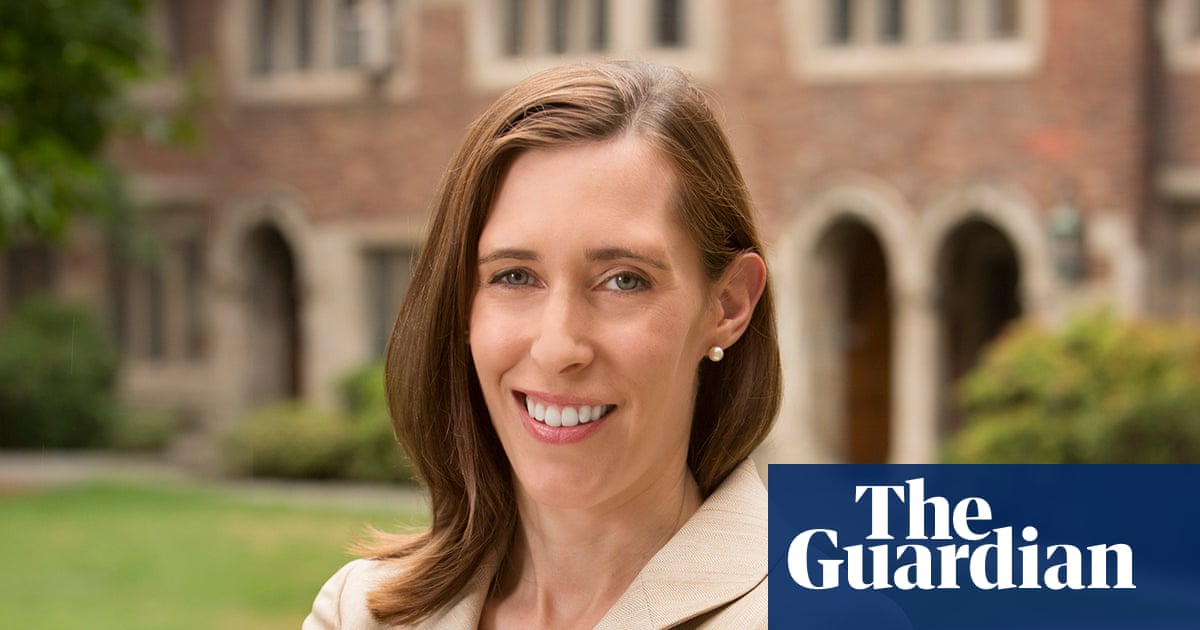Police were called to Heathrow late on Monday afternoon when 21 people fell ill in Terminal 4. Initial reports suggested a hazardous material could be involved and part of the airport was evacuated. But when the emergency services conducted a thorough search, no trace of any adverse substance was found.
A source within the Metropolitan police subsequently suggested the event could be something quite different – a case of mass hysteria. And some experts agree.
“What happened at Heathrow is almost certainly an episode of mass psychogenic illness that is anxiety-based,” said Dr Robert Bartholomew, a University of Auckland sociologist who is an expert on the subject.
While “mass hysteria” might bring to mind medieval reports of dancing plagues and epidemics of “possession”, such events are not unknown in the modern world.
The term, which has historical stigma and is often erroneously applied to situations from crowd crushes to moral panics, has gone out of use. Such events are now known as “mass psychogenic illness” or “mass sociogenic illness”, which take two main forms – those that are “motor-based” and others that are “anxiety-based”.
Among examples of the former was a case in 2011 at LeRoy high school in New York, where affected students displayed vocal and motor tics such as twitches and spasms. While some feared an environmental toxin was at play, experts diagnosed the situation as a case of mass psychogenic illness, aggravated by participation in social or traditional media.
“These outbreaks occur in an atmosphere of anxiety that can span weeks or months. The long-term stress disrupts the nerves and neurons that send messages from the brain,” said Bartholomew, citing a notorious 1692 outbreak in Salem, Massachusetts.
He said anxiety-based cases were typically triggered by the sudden perception of a toxic agent – such as an unfamiliar smell. “Common symptoms include headache, overbreathing, dizziness and fainting,” he said, noting episodes tended to come out of the blue with victims often recovering within minutes.
It is this type of event that Bartholomew believes occurred at Heathrow. “I always say you have to investigate first before you render the diagnosis of mass psychogenic illness,” he said.
“But they have gone there and they’ve tested, and they’ve tested negative. [And there was], rapid onset and recovery, benign, transient symptoms.”
He added: “I suspect the person taken to hospital may have had a pre-existing condition and it was likely done as a precaution.”
If the diagnosis of mass psychogenic illness is correct, it would not be the first time an airport has been linked to such an event: Bartholomew investigated a case at Melbourne airport in 2005 when 57 people fell ill after reporting a “gassy smell”. Bartholomew said a toxic agent could have caused some of the individuals to become unwell but all the signs strongly suggested mass psychogenic illness.
Such events might not be uncommon. In a 2010 study, researchers randomly selected 280 of 747 reports of chemical incidents from the UK’s former health protection agency, finding 19 were probable episodes of mass psychogenic illness. Again, the researchers found odour was a robust predictor of such events, while schools and healthcare facilities were common settings.
“A substantial minority of chemical incidents may be mass psychogenic illness,” they concluded.
Prof Sir Simon Wessely of King’s College London, who was part of the team, said it was “a bit early” to come to judgments about the Heathrow event and it was unclear whether there was an unusual odour or what investigations were done to eliminate other causes. But he added: “If all these come to nothing, then yes, this may be an episode of what we now call mass sociogenic illness.”
Bartholomew stressed the illness was not a mental disorder and victims were not psychologically disturbed.
“It is best described as a collective stress reaction that is based on a belief. We all have beliefs, therefore we are all potential victims,” he said. “It is not ‘all in their heads’ in the sense that they are experiencing real symptoms.”
Wessely added: “Study after study has never found anything different about those who are affected from those who aren’t. All of us can experience anxiety in certain symptoms, and all of us can mistake these physiological symptoms, which can be easily explained by basic physiology for evidence of something else – such as a chemical, toxin etc. And we know these can spread very quickly in crowded environments, usually by rumour and also line of sight.”
Wessely said there was nothing unusual about the events at terminal 4 on Monday: “It happens all over the world every day, particularly in crowded spaces like schools, concerts, crowds, factory floors etc. The only reason this made the news was because of the fact it was at Heathrow and led to major flight disruptions.”

 2 months ago
41
2 months ago
41

















































